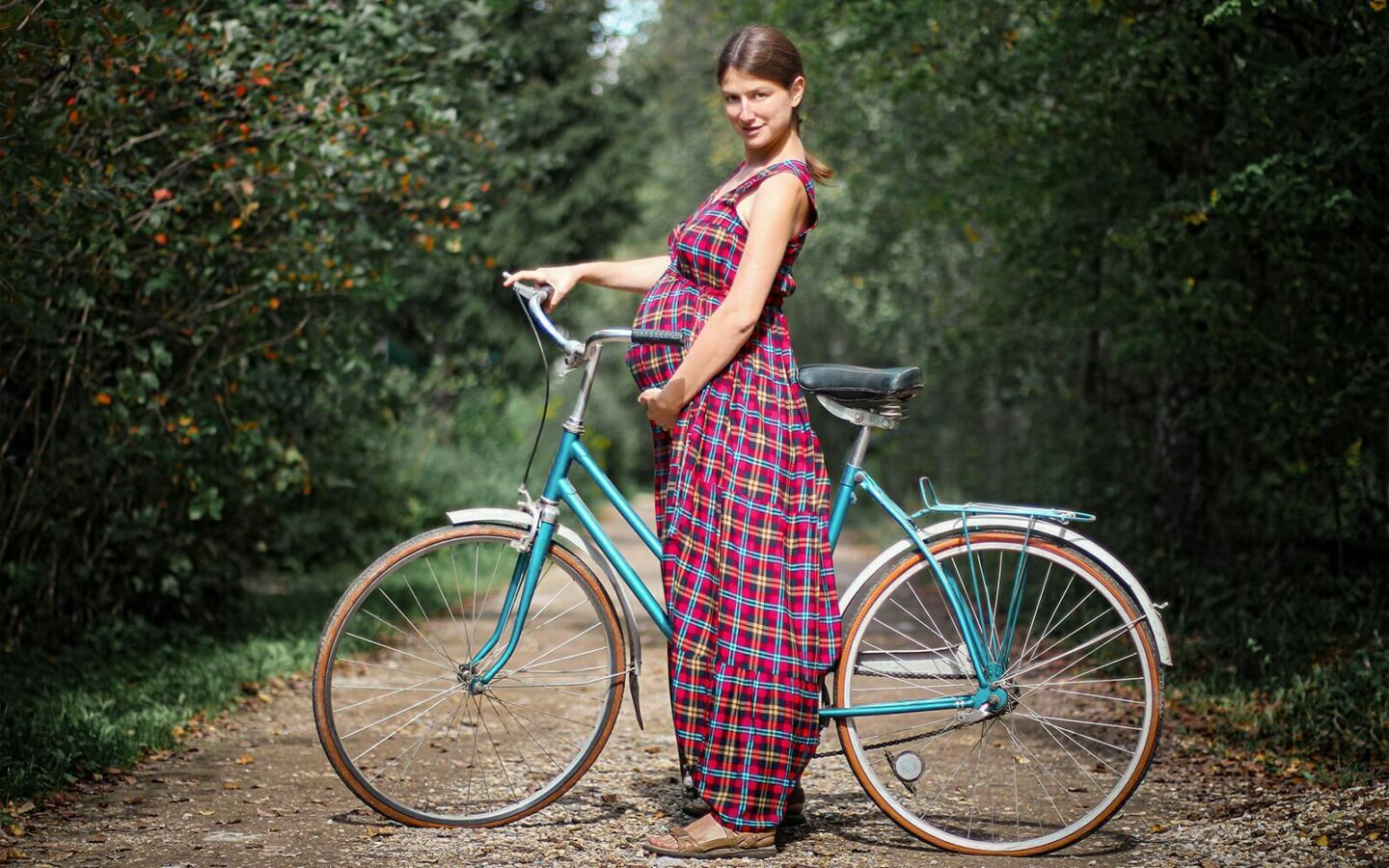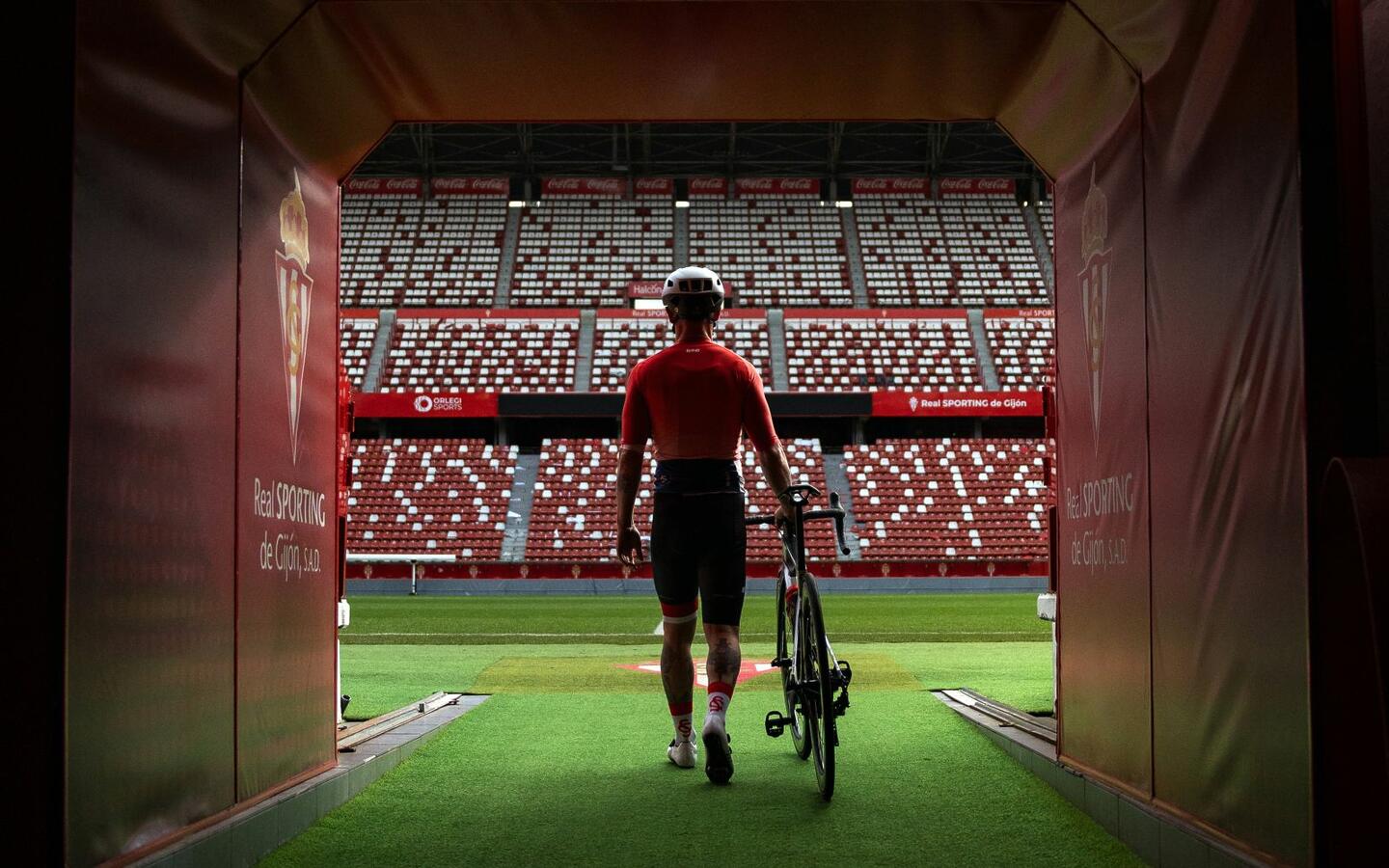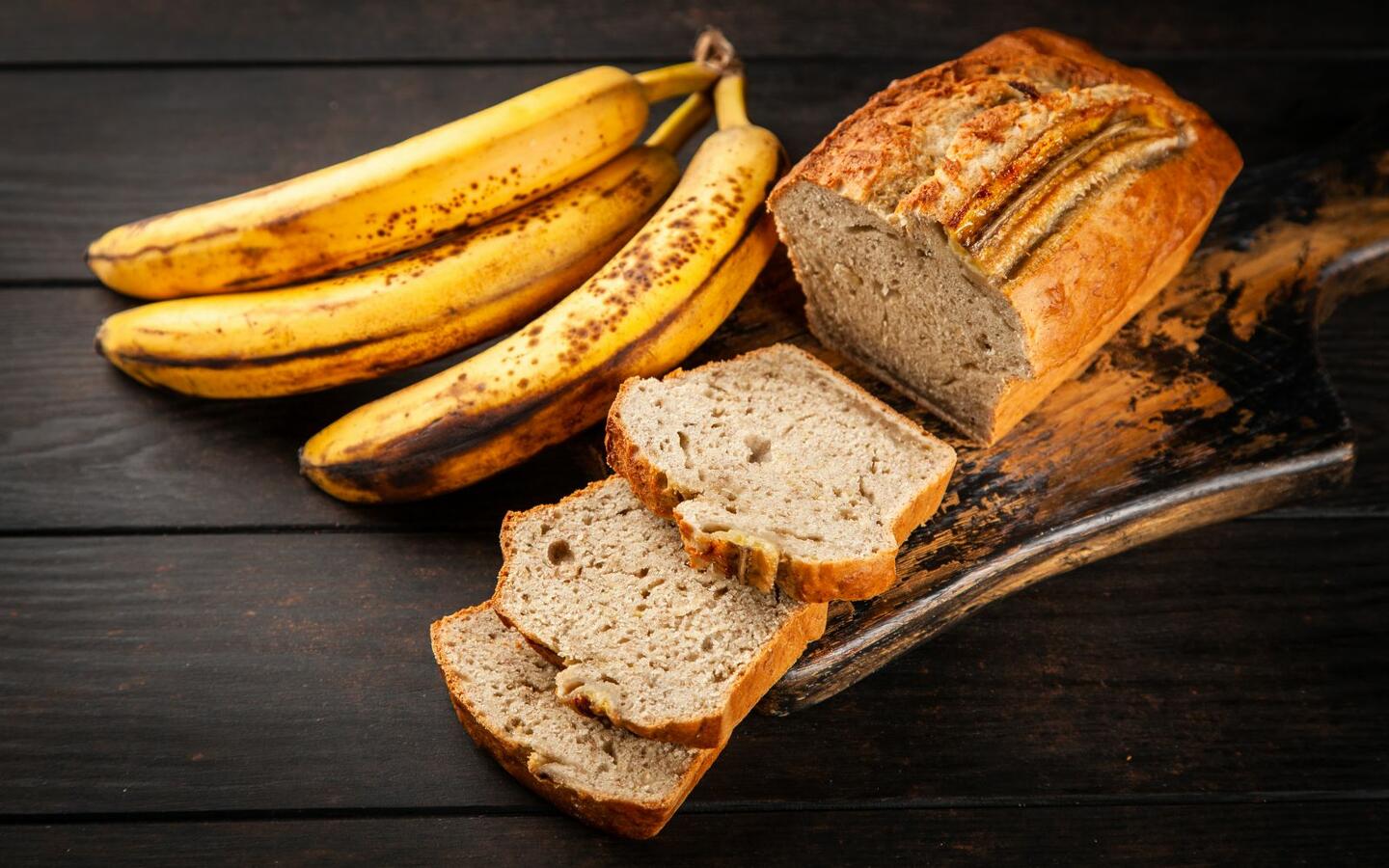There is no doubt as to the numerous benefits of moderate-intensity exercise during pregnancy:
- Reduces the risk of gestational diabetes.
- Regulates blood pressure.
- Helps control weight gain.
- Prevents fluid retention.
- Reduces nausea, aches and pains.
- Better sleep and better mood.
- Better overall health.
But what if a pregnant cyclist decides that this moderate-intensity exercise is going to be cycling?The usual remarks would be: “You’re crazy, you’re going to put your baby at risk, what if you fall off the bike?”. This creates doubts and fears for female cyclists, keeping them away from an enjoyable sport or means of transportation.
The underlying idea is that women are the weaker sex, that cycling is not a sport for girls and that riding on the saddle is not only indecent but also dangerous for their sexual and reproductive health. We saw that none of this is true in our previous post, so pregnant women should by no means feel pressured to give up cycling. It should be the woman who decides what to do, listening to her own body and getting medical advice beforehand.
As every woman, and every pregnancy with its stages, are different, the answers to the questions below should never replace the recommendations of a health professional (gynecologist, obstetrician, GP).
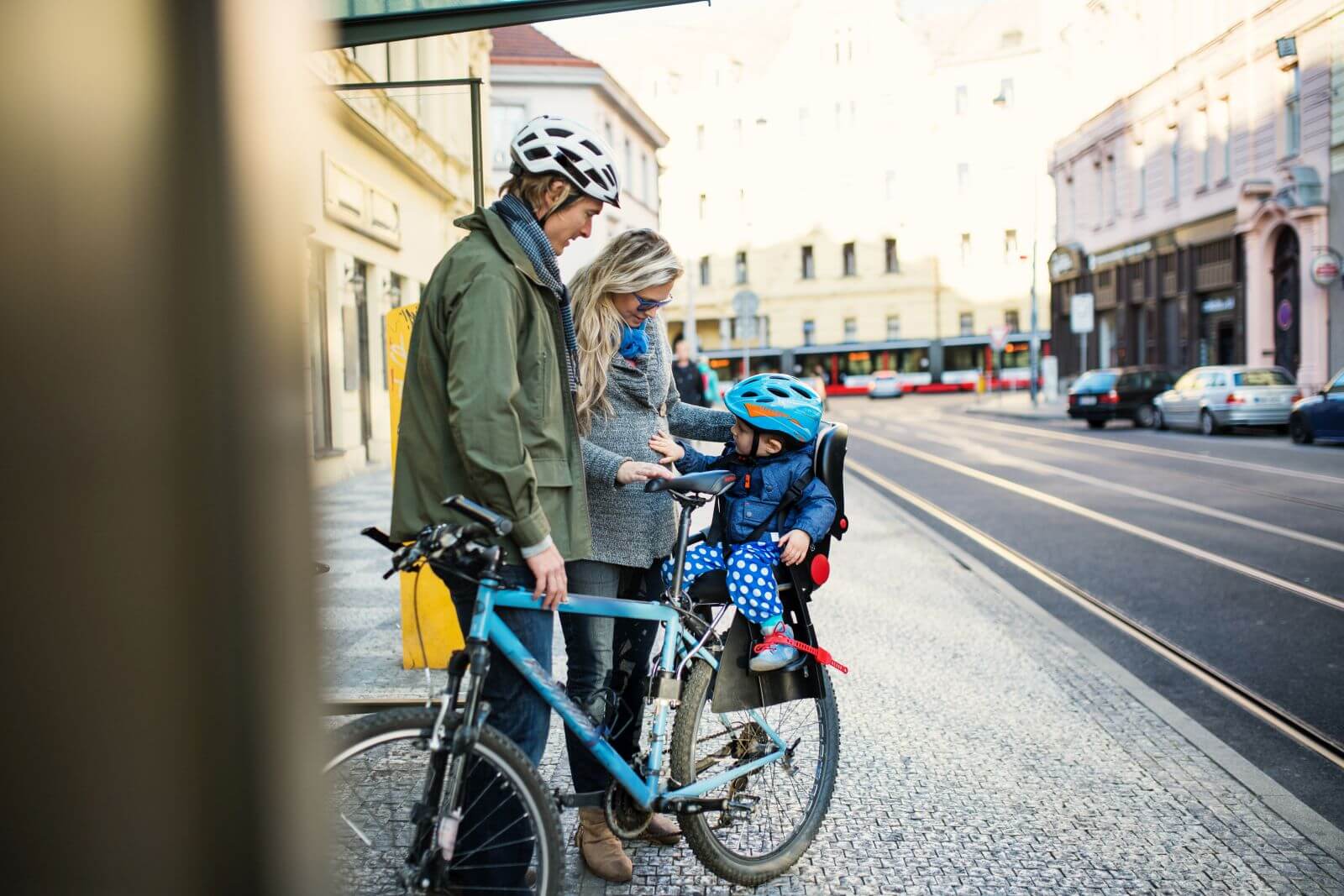
Is it OK to cycle while pregnant?
There is no definitive answer, and given the paucity of studies there is no strong scientific evidence to make a general recommendation.
Each pregnant woman should see her doctors, both a GP and a specialist, to get her case assessed, see if there may be any medical and/or obstetric counter indications, and get advice on the best course of action.
After getting the medical examination and counseling, every woman should simply listen to her own body.
In a non-complicated pregnancy, the recommendations are as follows:
If you are a cyclist, keep cycling at a moderate pace (breathing fast but being able to carry on a conversation) and if you notice any kind of discomfort during the ride, see your doctor to make sure you can keep going. Although there are some studies that positively assessed the implementation of 15-second high-intensity intervals, more research on this subject is needed.
Avoid rainy days or wet and slippery roads. Get on your indoor bike trainer and cycle at home. If you’ve never done it before, here’s a guide to get you started.
If you practice mountain biking, be extra careful as the risk of falling is higher than in road cycling. Avoid unnecessary, dangerous situations. Look for less challenging trails, switch to roads or opt for indoor cycling.
If you have never cycled before and want to take up pedaling during pregnancy, start gradually to see how you feel. Fifteen-minute rides on bike lanes or low-traffic roads are great places to start.
Always pay close attention to your body temperature to avoid overheating. That is why 30-minute, moderate-intensity exercises are the best choice. Make sure you stay hydrated and take time to cool down, especially if you go out for more than 1 hour and/or in very hot and humid weather conditions. Choose the right, lightweight clothing to feel fresh and comfortable.
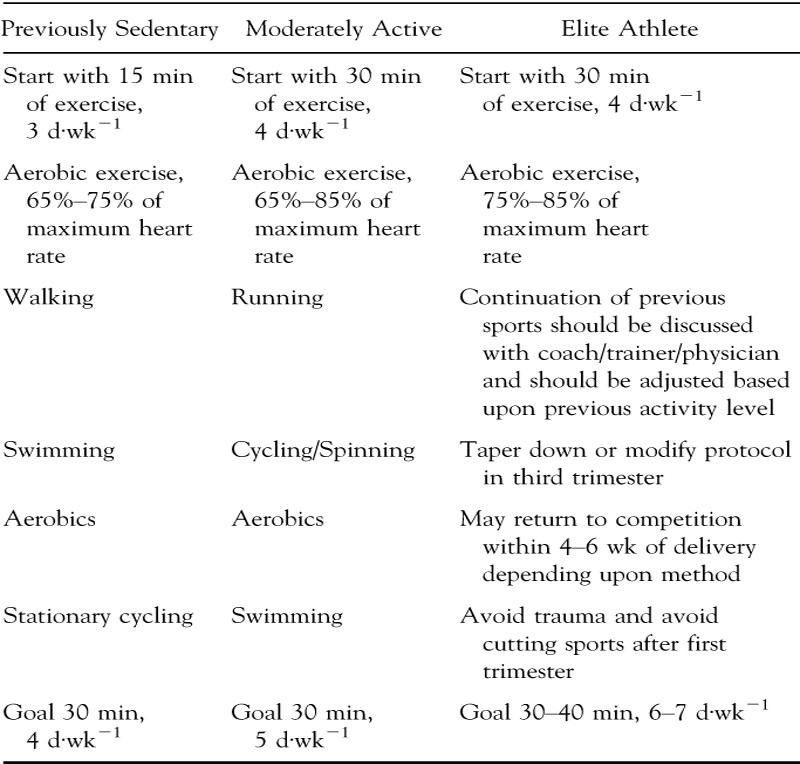
Is it safe for my baby?
In a non-complicated pregnancy, the baby is as safe as their mother. There is no evidence that the kind of exercise we’re talking about increases the risk of preterm labor or lowers the average gestational age at birth. There is also no evidence that newborn babies suffer any complications afterwards. Well, maybe their first cry at birth is “Allez, Allez!” and they’ll want to watch the Tour de France instead of cartoons, but it’s a risk worth taking.
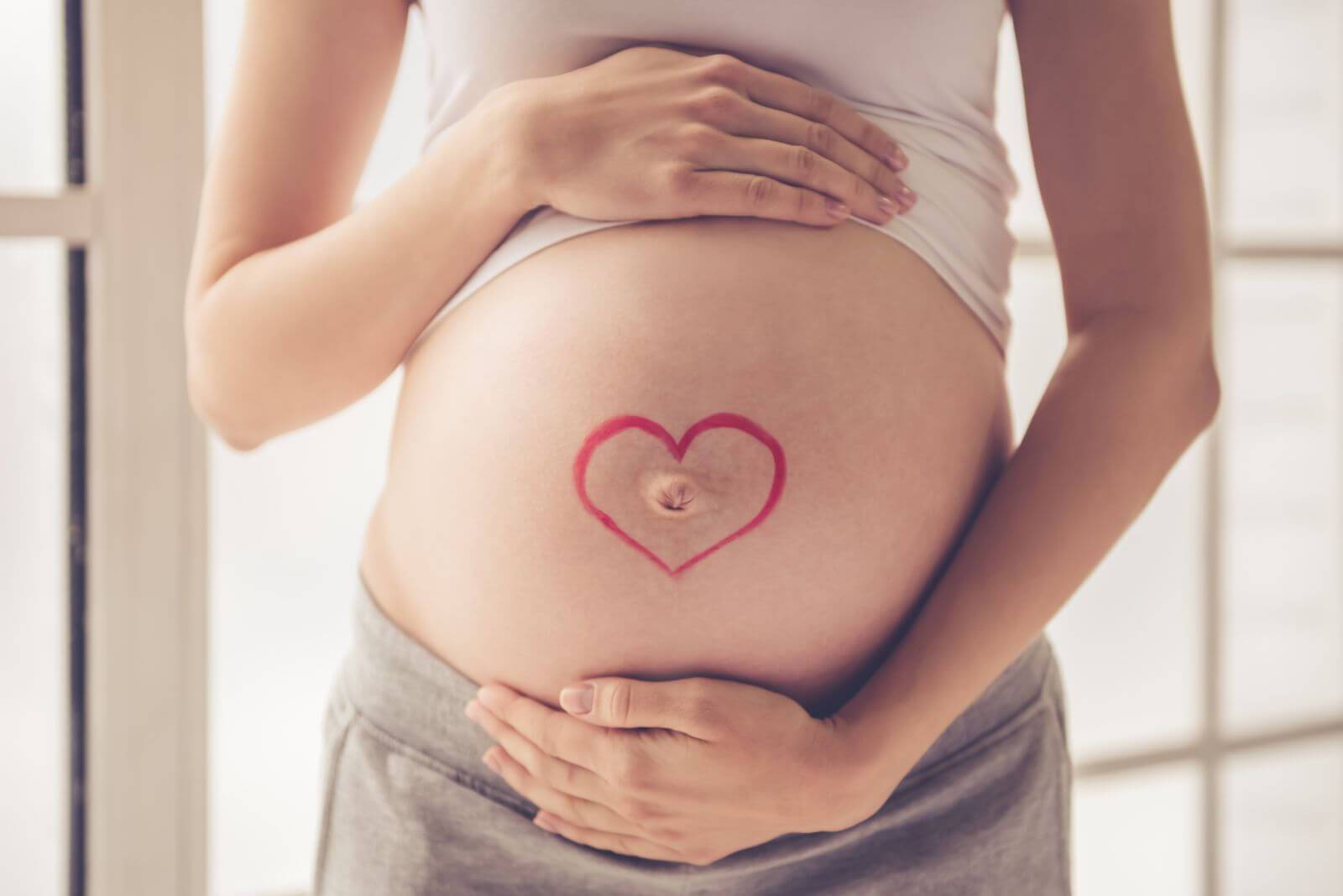
Nevertheless, the precautionary principle should always prevail. If you notice any pain or discomfort, stop and make an appointment with your doctor. The same applies in the event of any complications during pregnancy. It is best to put cycling on hold until you give birth and hold the baby in your arms.
As each pregnancy is unique, don’t worry if you can’t or don’t feel like riding a bike. Fear is a natural, maternal reaction. Look for another physical activity that makes you feel comfortable and safe. Soon you will be back on the bike, this time with a little person accompanying you. Take a look at our guide on how to carry babies and toddlers on the bike to check out the pros and cons of different options.
Can bumpy roads affect pregnancy?
There are no studies on the subject because there is a general consensus against deliberately exposing a fetus to uncertain and unsafe situations. If there is no scientific evidence, we must resort to the precautionary principle yet again and minimize the risks by avoiding potholes and bumpy roads. Especially in mountain biking, where the risk of falling is greater than on the road.
How to adjust the bike to cycle safely and comfortably during pregnancy?
As far as body position on the bicycle is concerned, this study has assessed upright cycling versus semi-recumbent cycling during pregnancy. Neither posture showed a clear advantage and both were safe for short rides (12 minutes).
There are some studies on medium and long rides, but the sample is so small that no conclusions can be drawn.
As the weeks go by, you will need to adjust and adapt your posture by using a shorter stem and moving it up. Many bike stems can be flipped (turned upside down) to raise the handlebar. If your stem does not have this option or has a positive angle (so-called “rise”), then you should replace it.
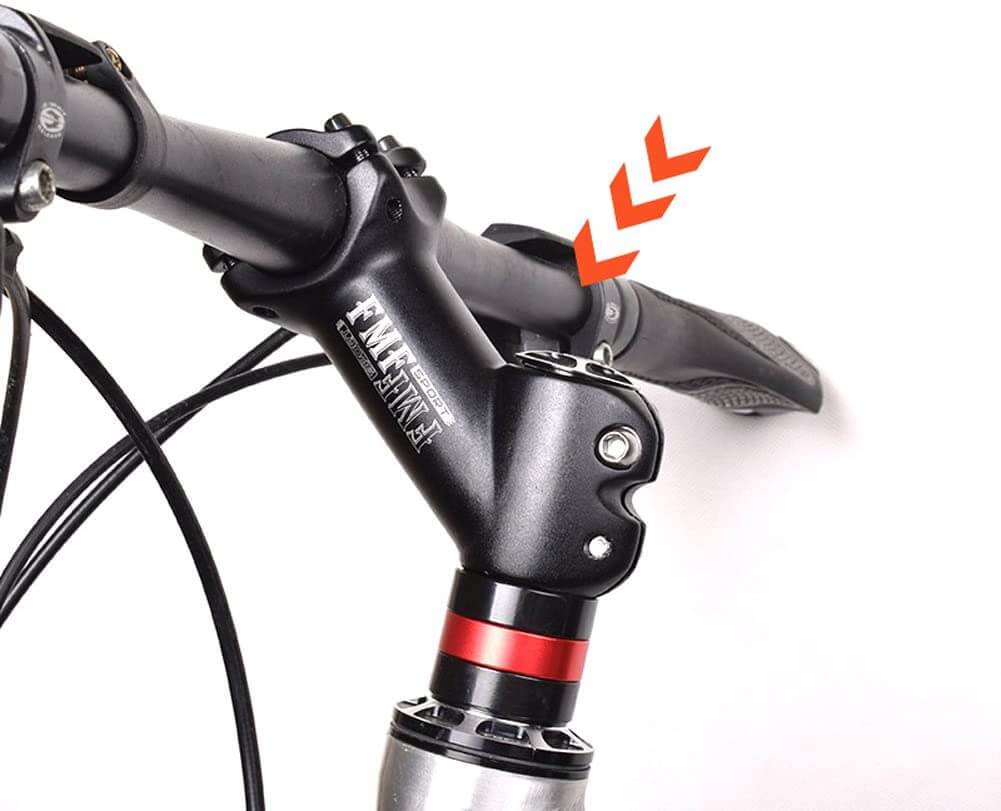
By adopting a more upright posture, you will be putting more weight on the saddle and therefore you will need a wider saddle for better support and comfort. You can also lower the saddle a few millimeters to ride more safely as your center of gravity will change over the weeks. By lowering the saddle you will gain stability in pedaling and keep your feet closer to the ground for support.
How long do I have to wait to start cycling again?
Again, there is no one-size-fits-all answer. Don’t feel pressured to get back on the saddle. Take your time, take care of your baby and yourself, and enjoy motherhood. The bike can wait. When you feel ready to ride again, don’t rush and let your body readjust. Depending on the type of delivery, you may feel discomfort and even pain (vaginal, abdominal, belly, back), so don’t overdo it by going too far, too fast, too soon.
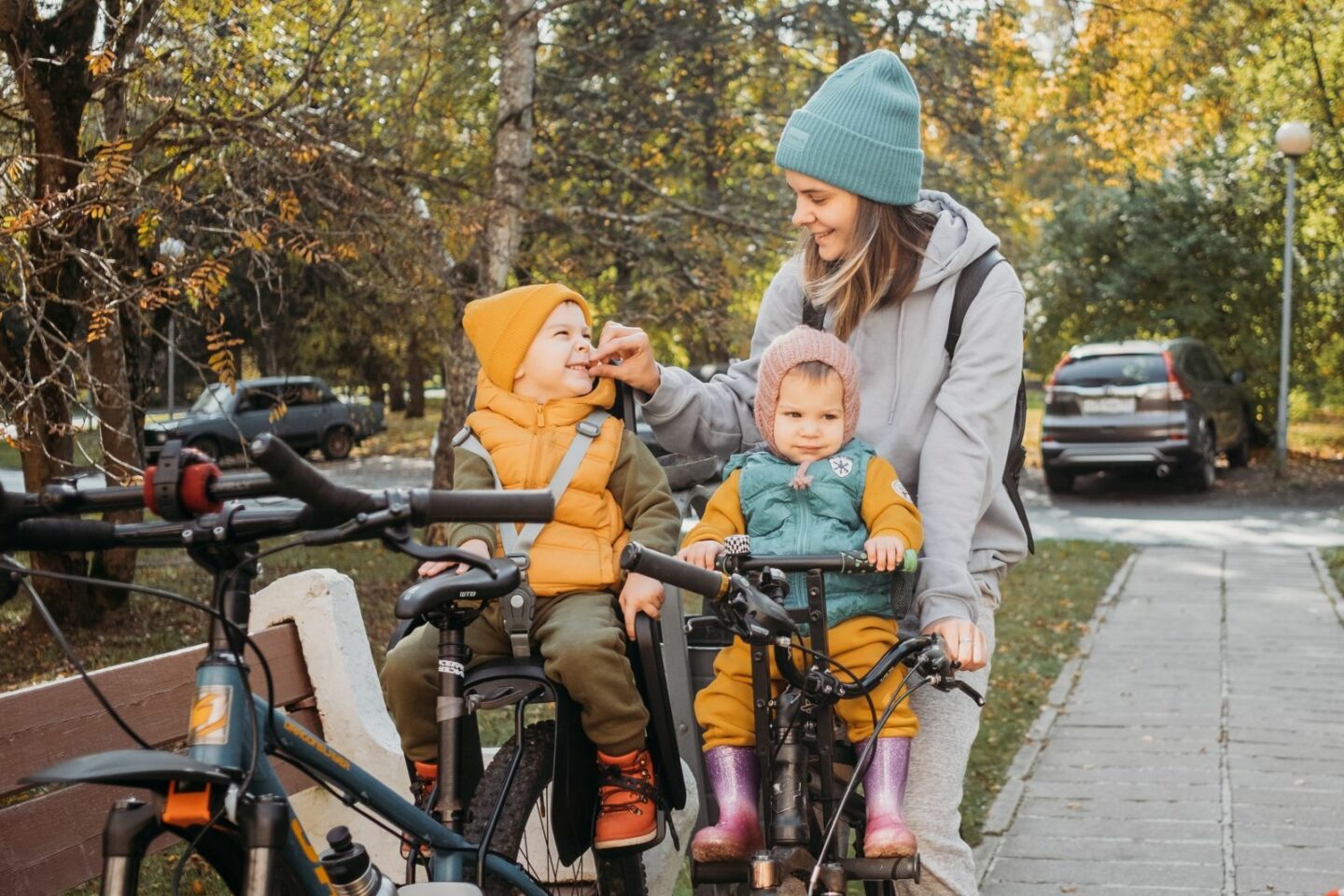
If you have stitches, wait until they are completely healed before cycling again.
After a C-section delivery, you should be even more cautious and wait for a full recovery. Any abdominal strain can cause pain and you may need time to find a comfortable position on the bike.
NOTE: If you adjusted your bike during pregnancy, do not change it back right away, cycle a bit and then adapt the position with time.
The recommended activity is about 30 minutes per day of moderate-intensity exercise.
If you are breastfeeding (recommended by the WHO but always a personal decision) do not worry about hydration or nutrition unless you are an elite cyclist or do very intense training. In such a case, you will need to plan your nutrition/hydration so that you can keep training hard and continue to breastfeed your newborn baby.
Finally, let’s not forget that after giving birth, apart from emotional and psychological changes, women also undergo physical changes to different extents. Luckily, elastic fabrics used in cycling apparel allow garments such as jerseys, bib shorts or base layers to adapt perfectly, offering support and compression without being uncomfortable. Breasts are especially sensitive due to breastfeeding, so you might want to choose one of those extremely soft merino wool base layers or a sports bra that provides extra support without being uncomfortable.
